Wunderkammer 3
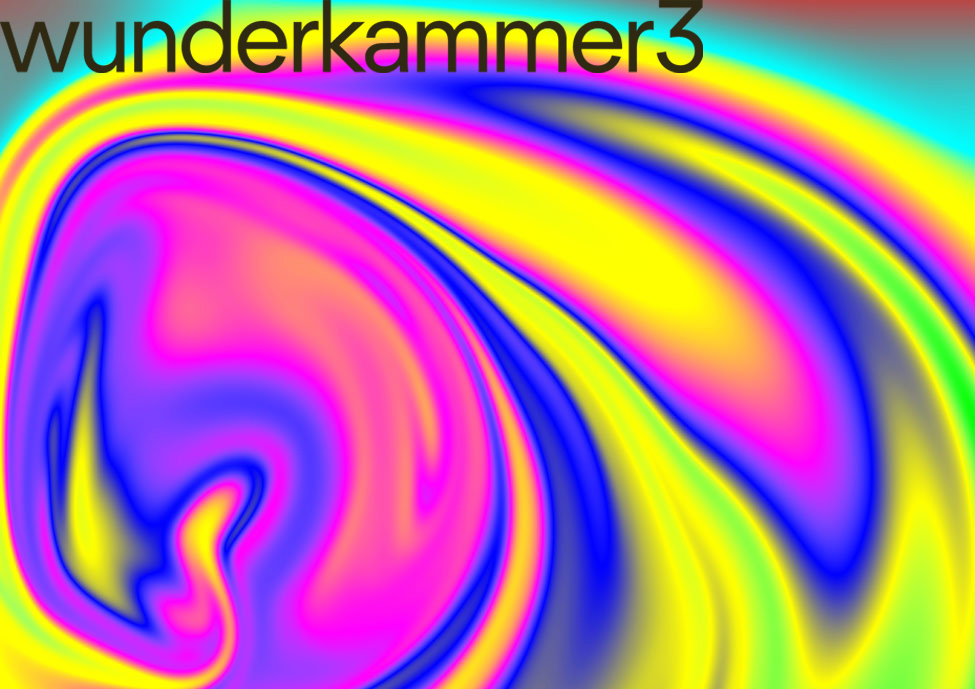
14.9.24–5.1.25 wunderkammer set #3
As part of the »more than human« project, the concept of the »Cabinets of art and curiosities« will be reactivated in order to recontextualise objects from the collections of the Berlin Kunstgewerbemuseum with contemporary design and art projects, prototypes and other artefacts.
The current intervention »Wunderkammer #3« extends the multimedia installation by Slovenian artist Robertina Šebjanič »Lygophilia. Aquatic Life: A Symbol of Extinction, Scientific Wonder, and Cultural Heritage«, which is being shown in parallel at the Kunstgewerbemuseum.
The focus is on exhibits that take up the world of amphibians and reptiles as well as various fabulous hybrid species in terms of content and design. These objects reflect in very different ways the human fascination for double creatures, his curiosity and longing for transformation and crossing boundaries.
»Cabinets of art and curiosities« have their roots in the Renaissance and originated as private collections of princes, aristocrats and scholars. They were designed as a microcosm to reflect the diversity of the macrocosm Earth. In addition to a wide variety of artworks, the collections contained a broad range of objects, including exotic animals, rare plants, minerals and scientific instruments. They were often interspersed with objects that touched on the magical and the unknown. This combination of the empirical and the speculative not only served to fascinate and amaze, but also to stimulate curiosity and explore the limits of human knowledge.
»Cabinets of art and curiosities« reflect(ed) a world view in which the boundaries between art and science, between the natural and the supernatural, were or are fluid.
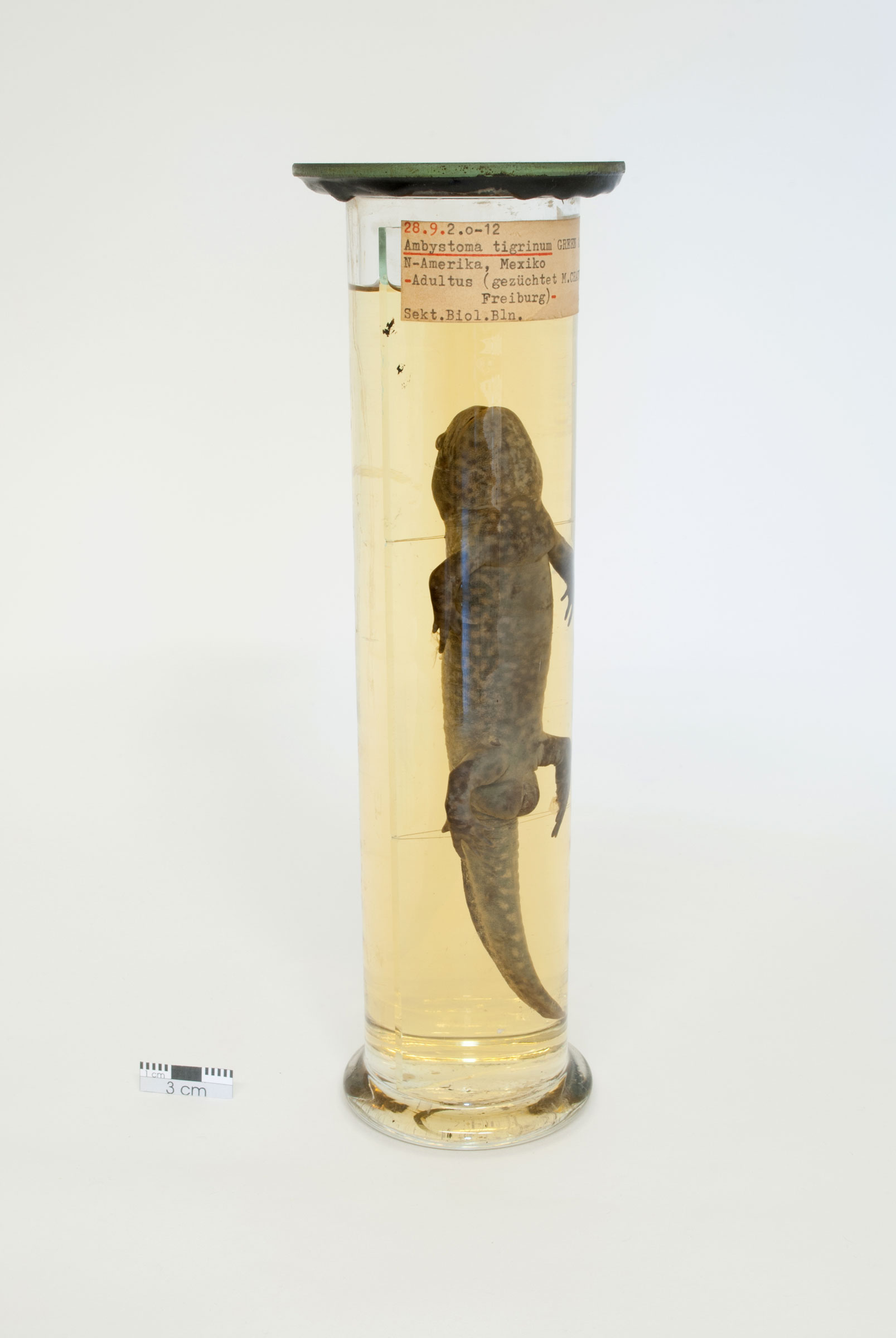
mexican axolotl 1886–88
The Mexican axolotl (Ambystoma mexicanum) originally comes from the lakes around Mexico City. As part of a colonial expedition to Mexico, which had been under French rule since 1861, a total of 34 live axolotls were brought to Paris in 1864. There they were examined as part of a large-scale research project on the acclimatisation of animals, plants and humans. The aim was to find out to what extent living creatures could be adapted to new environmental conditions.
The German naturalist Marie von Chauvin (1848–1921) succeeded in bringing the animals to metamorphosis by deliberately changing their living conditions. By slowly reducing the water level, the axolotls, which originally lived in water, regressed their gill tassels, developed lung respiration and thus became land animals.
Today, axolotls are used in particular in developmental biology and regeneration research: The amphibians have the special ability to rebuild extremities, even organs and parts of the brain. While the animals are now threatened with extinction in their natural habitat, millions of specimens live in numerous laboratories and home aquariums around the world.
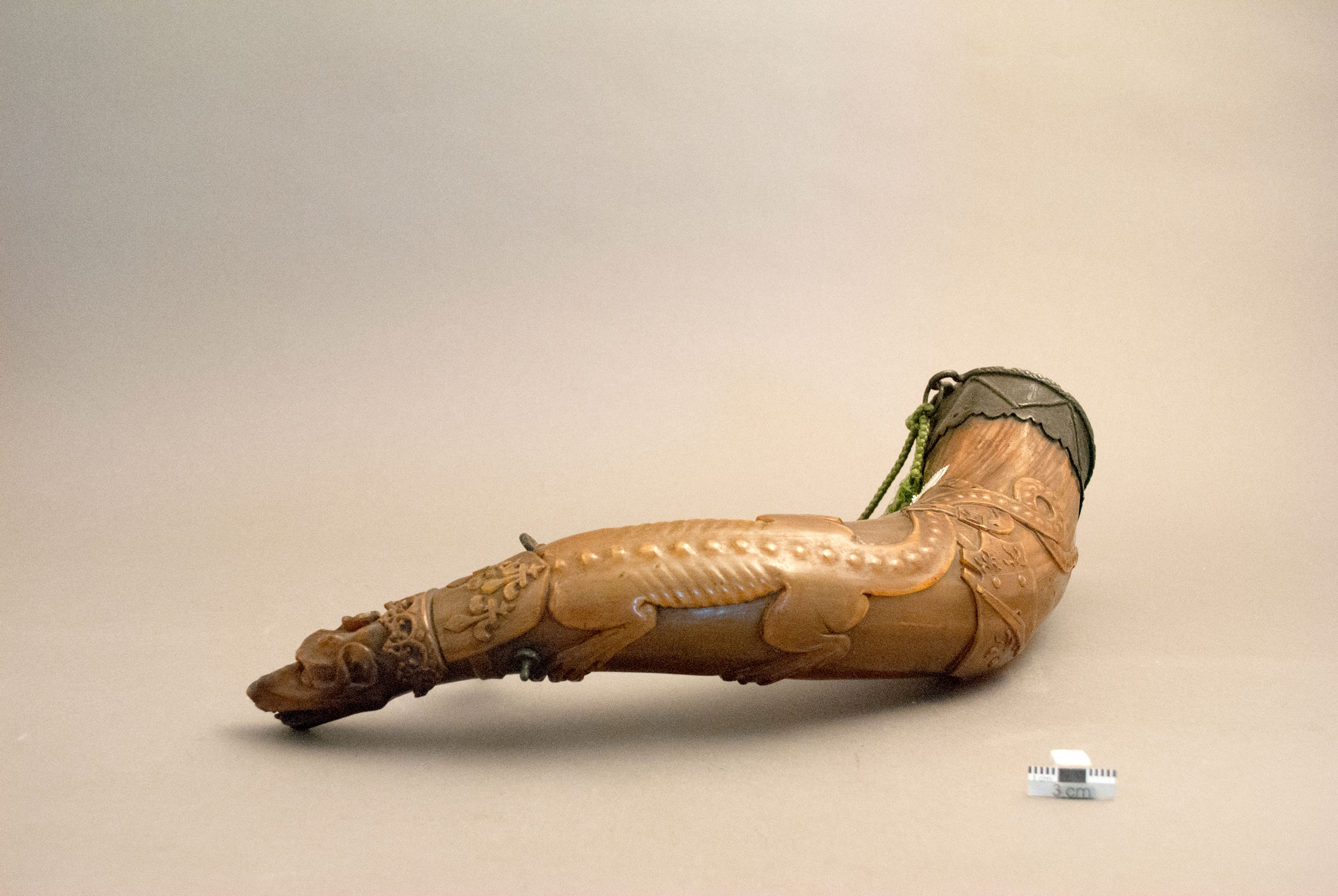
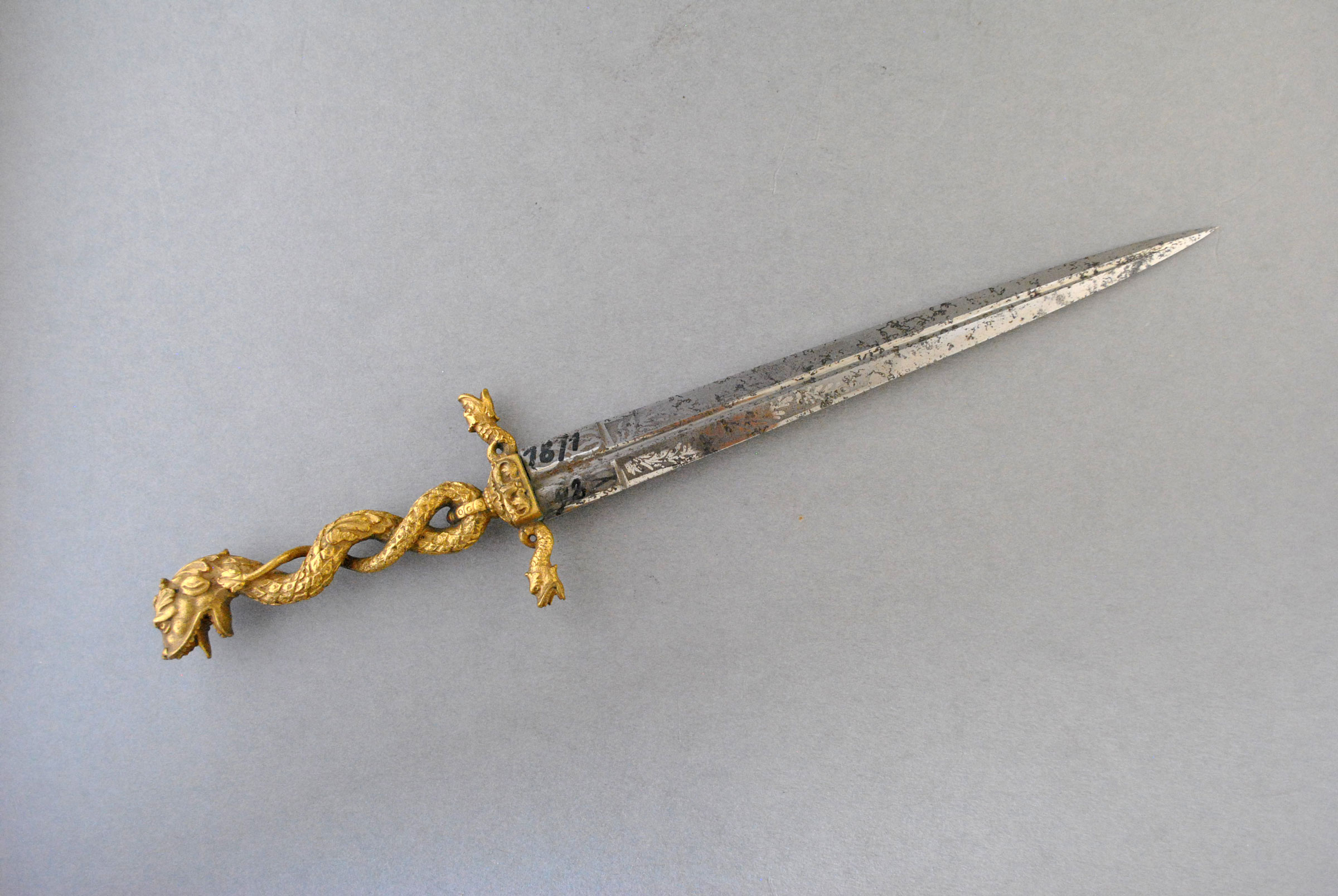
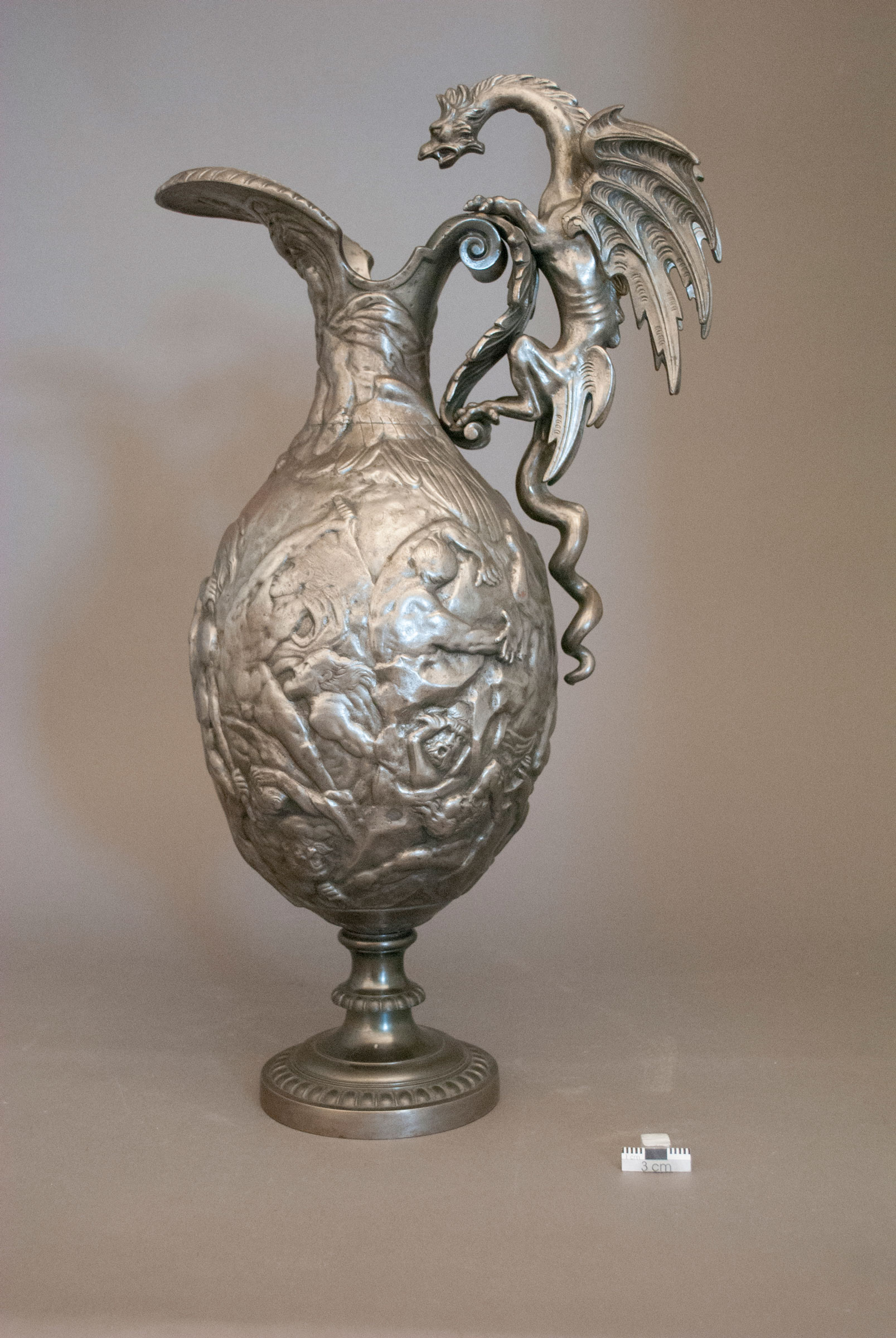

dragons
Hybrid creatures have been found in cultural history since antiquity: they date back to the age of gods and heroes and tell of voyages of discovery into unknown territories. The numerous depictions show heroes in battle with the mythical creatures and their victorious conquest.
With the spread of Christianity in the Middle Ages, the dragon became an important symbol of evil. As an integral part of various pictorial programmes, ranging from book illumination to sculpture and architectural ornamentation, the dragon could take on very different forms: but it was always a hybrid of reptile, bird and predator, sometimes with up to seven heads.
Influenced by Chinese, Japanese and Islamic art, culturally different depictions and interpretations of dragons overlap. At the same time, the dragon representation developed into an important ornament. They are often found in the form of handles, grips and as decoration on a wide variety of vessels and other objects
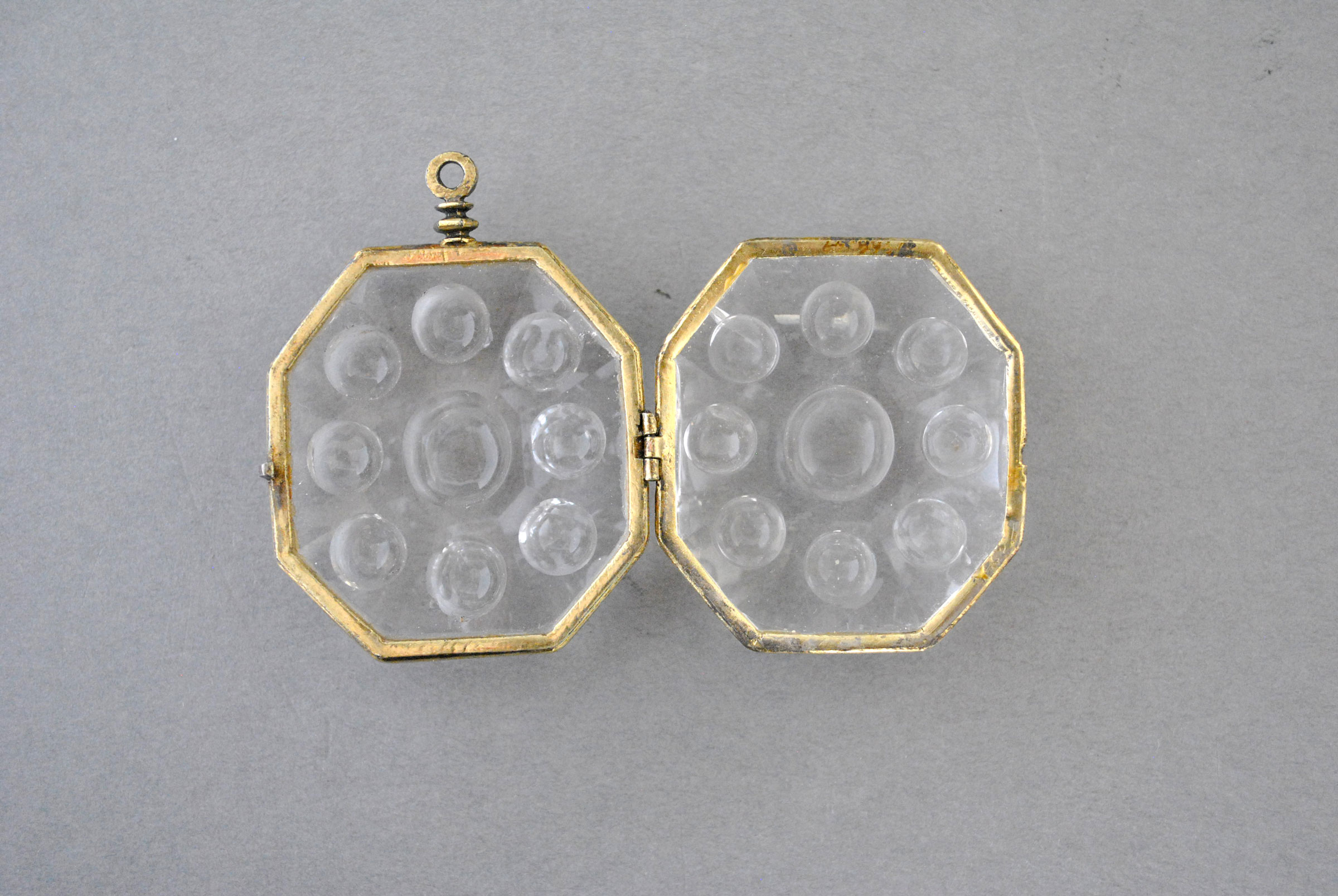
crab eye vessel early 17th c.
The octagonal, hinged rock crystal amulet was originally used to hold crab eyes. The confusing name of this substance has nothing to do with the eyes of the animals: crab eyes are small, flat white limestones with a bulging edge that form in the stomach of crabs and are ejected during moulting.
As well as being used to treat heartburn, cramps and fever, crab eyes were also used to treat eye complaints. Powdered and added to an ointment, they were primarily used to prevent cataracts. Combined with rock crystal, which according to popular belief protected against thirst and helped with cooling, haemorrhage or toothache, the amulet was not only worn as decorative jewellery. Due to its valuable materiality, it possessed both defensive and healing powers according to folk beliefs and therefore also served as a medicine.
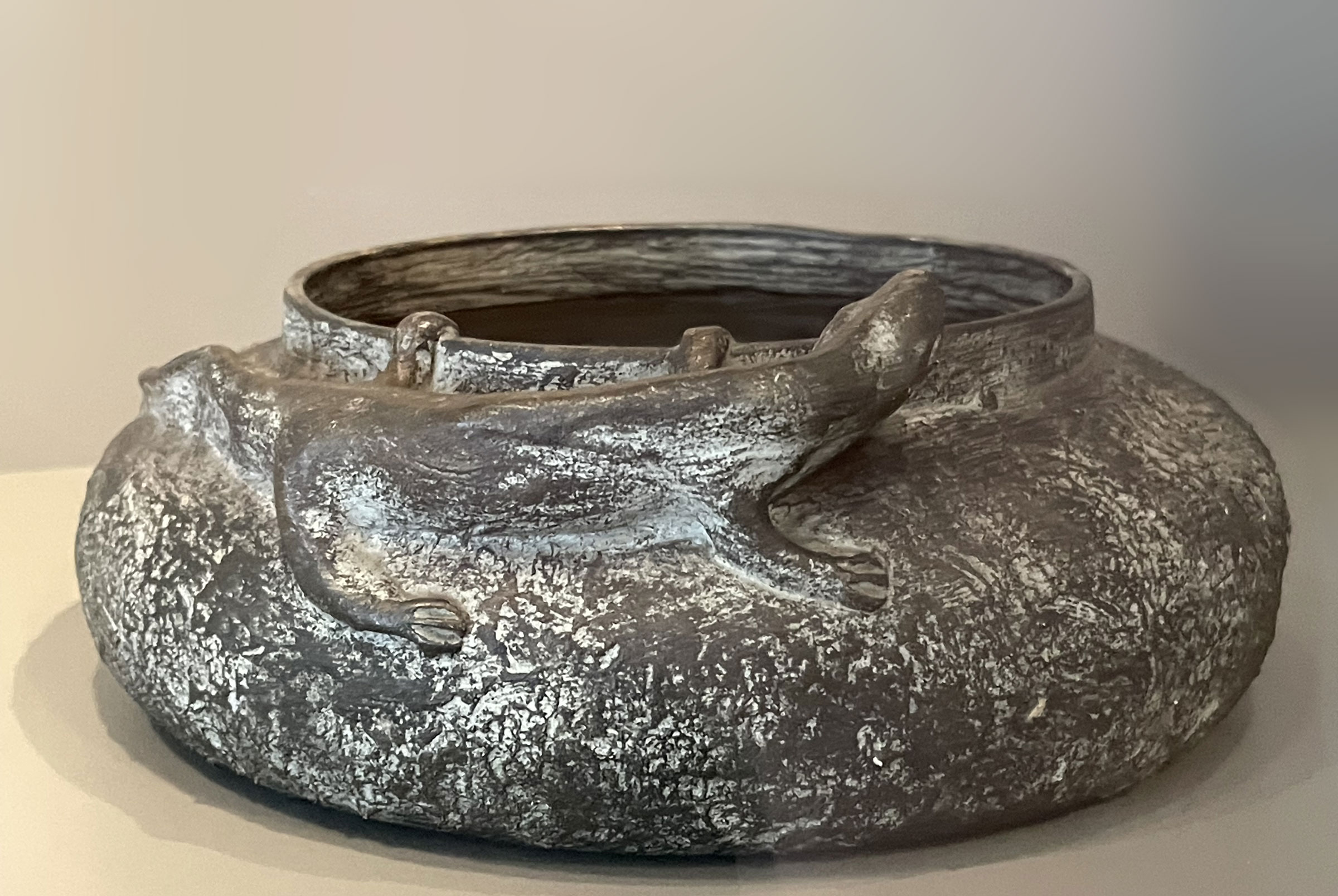
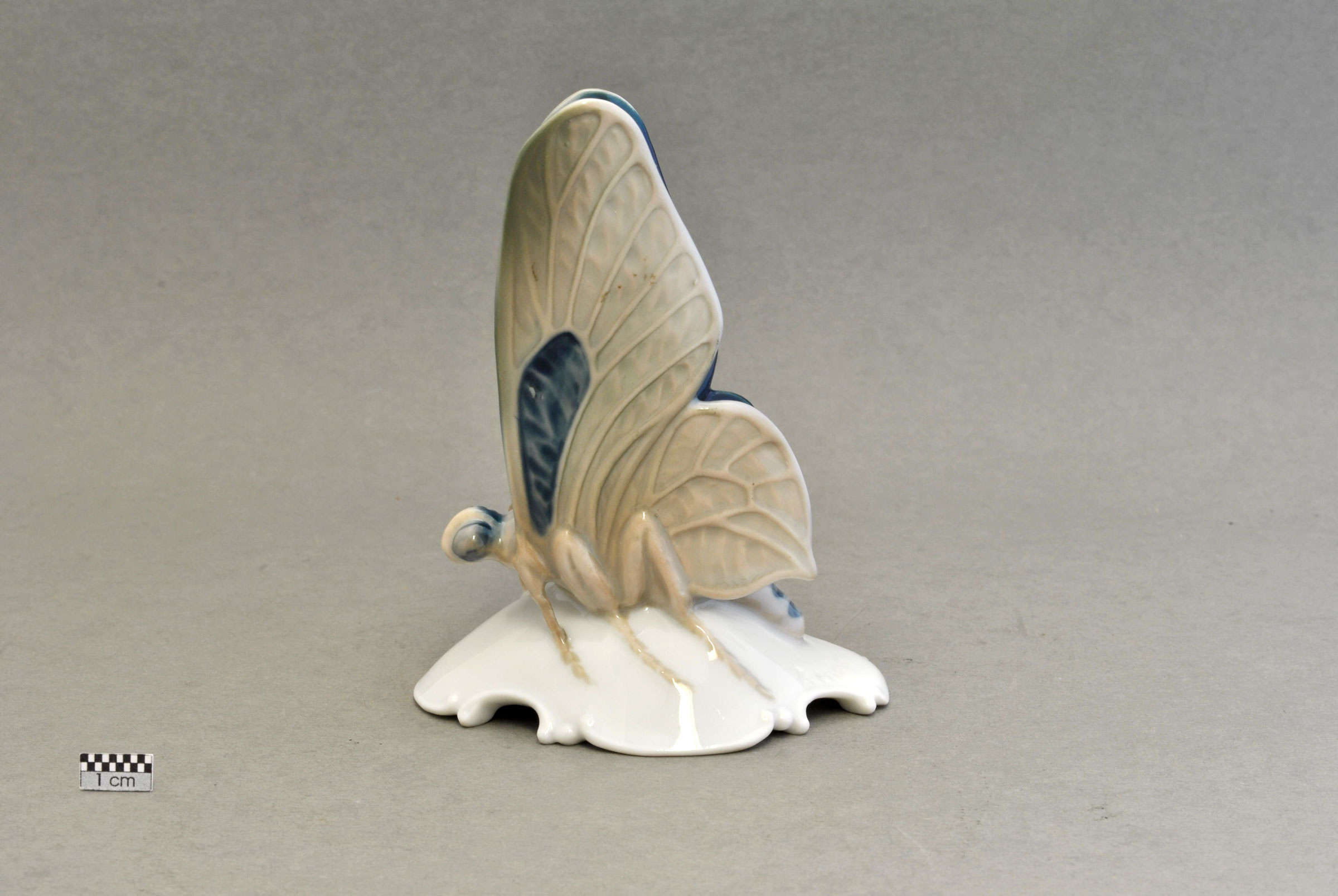
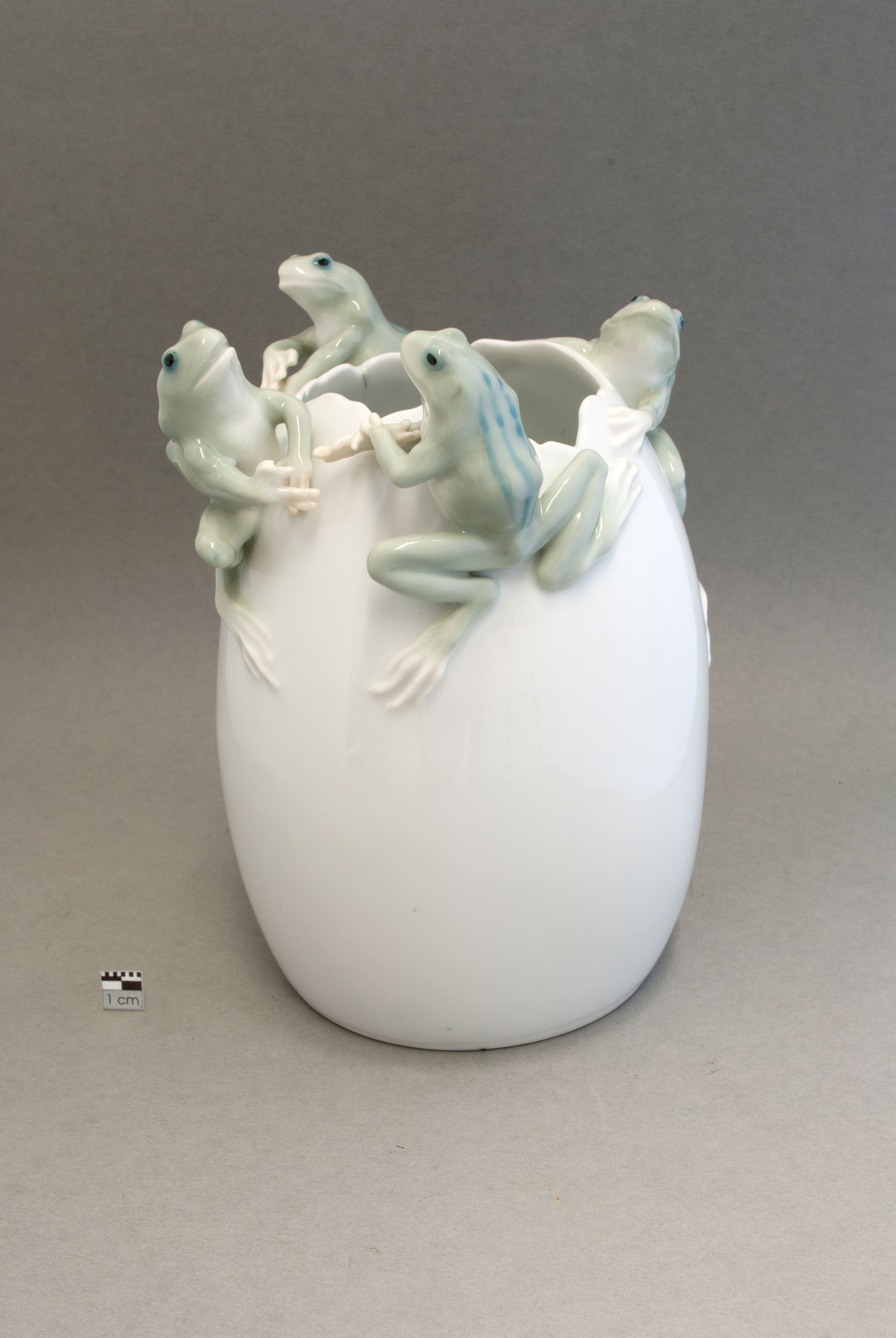
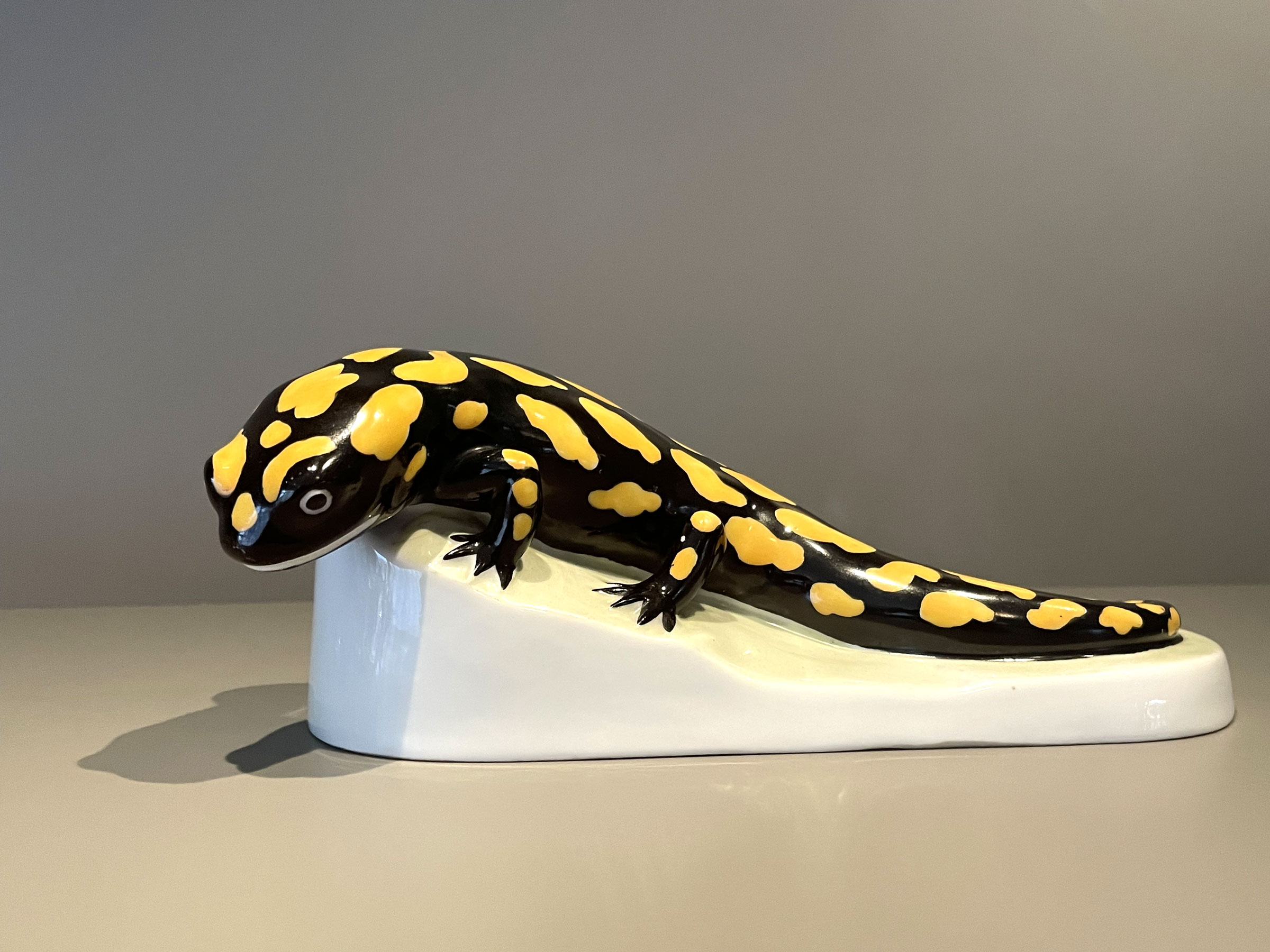
animals in art nouveau style
Nature served as the most important source of inspiration and aesthetic model for Art Nouveau artists. Depictions of animals of all kinds were among the central motifs alongside the plant world, both because of their symbolic meaning and their natural beauty. The artists also drew important inspiration from scientific publications such as the ground-breaking illustrated book »Kunstformen der Natur« by the German zoologist Ernst Haeckel (1834–1919), published in 1904.
The great interest in the animal world is reflected above all in Art Nouveau porcelain and ceramics: fully sculpted animals can be found on vases, bowls or plates or as sculptures in their own right. Art Nouveau artists were particularly interested in animals with supple bodies such as snakes, salamanders, lizards and swans. They corresponded to their preference for organically flowing movements and shapes as well as the delicate wings of butterflies and dragonflies. They were also fascinated by the metamorphosis of some of these animals, which reminded them of the dark, unknown side of nature.